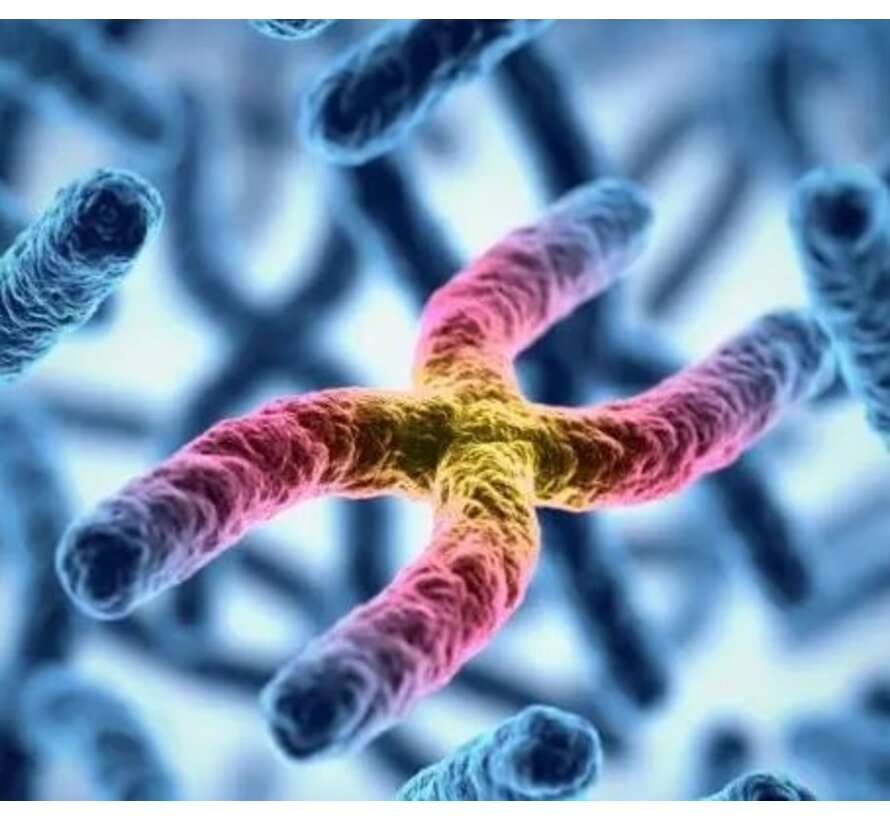Gaucher disease Beta-glucocerebrosidase
Beta-glucocerebrosidase from 7.5 ml EDTA
A deficiency in beta-glucocerebrosidase activity is a hallmark of Gaucher disease, a rare inherited lysosomal stacking disease. In people with Gaucher disease, glucocerebroside accumulates in the cells of organs such as the spleen, liver, bones and bone marrow, causing symptoms and complications.
An informed consent form is required for this study.
Lyosomal diseases Rare congenital metabolic diseases, Staph diseases, Sphingolipidoses
Oligosaccharidosis is a group of rare inherited metabolic disorders, also known as lysosomal stacking diseases. These disorders are characterized by a deficiency or dysfunction of specific enzymes responsible for breaking down complex sugar molecules, also called oligosaccharides. As a result, these undigested oligosaccharides accumulate in the lysosomes of cells, leading to various health problems.
Each type of oligosaccharidosis is caused by a deficiency of a particular enzyme, and the severity of the condition can vary greatly depending on the specific enzyme that is affected. Some common forms of oligosaccharidosis include:
Fabry disease (alpha-galactosidase A deficiency)
Gaucher disease (glucocerebrosidase deficiency)
Pompe disease (acid alpha-glucosidase deficiency)
Tay-Sachs disease (hexosaminidase A deficiency)
Niemann-Pick's disease (sphingomyelinase deficiency)
Hurler's syndrome (alpha-L-iduronidase deficiency)
Symptoms of oligosaccharidosis can include developmental delays, skeletal abnormalities, organ enlargement, neurological problems and, in severe cases, a shortened life expectancy. Treatment options are limited and focus primarily on controlling symptoms and improving quality of life.
Gaucher disease is a rare inherited lysosomal stacking disease named after French physician Philippe Gaucher, who first described it in 1882. It is a form of lipidosis, meaning it involves an abnormal accumulation of fatty substances in cells, particularly in macrophages, which are normally responsible for breaking down old or damaged cells.
According to the Orphanet database, a source that collects information on rare diseases, Gaucher disease is rare in the Netherlands, the disease is estimated to occur in 1 in 40,000 to 60,000 people. This is only an estimate. Because of the rarity of Gaucher disease, it can sometimes be difficult to accurately estimate the number of people affected. Health authorities and medical institutions are working together to gather information and raise awareness about rare conditions such as Gaucher disease so that affected individuals can receive proper diagnosis and treatment
The cause of Gaucher disease is a genetic mutation that leads to a deficiency of the enzyme glucocerebrosidase. This enzyme plays a crucial role in the breakdown of a particular fat molecule called glucocerebroside. As a result of the enzyme deficiency, glucocerebroside molecules accumulate in cells, particularly in the spleen, liver, bones and bone marrow.
There are several types of Gaucher disease, varying in severity and symptoms. Symptoms may include:
- Enlarged liver and spleen.
- Fatigue and weakness.
- Blood abnormalities, such as anemia and bleeding tendencies.
- Bone abnormalities, bone pain and increased susceptibility to fractures.
- Disturbances in the nervous system (in some forms of the disease).
Treatment of Gaucher disease focuses on reducing symptoms and controlling complications. This often includes enzyme replacement therapy, in which the missing enzyme is administered to reduce the accumulation of glucocerebroside. Sometimes bone marrow transplantation or medication may also be needed to relieve symptoms.
Gaucher disease is a chronic condition and usually requires long-term medical follow-up. It is important to work with a medical team that specializes in lysosomal stacking diseases to determine effective treatment and monitor possible complications.





